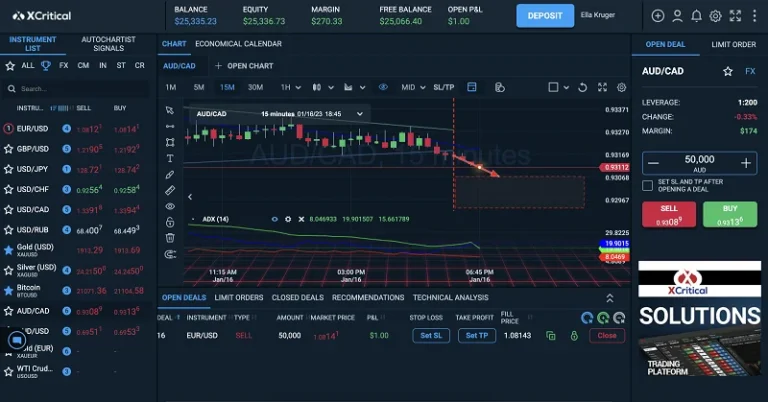The pop() method removes the specified factor from the list and returns the eliminated factor. This could be useful if you need to carry out further operations on the eliminated factor. If you don’t want the removed factor, you can merely discard the return value of the pop() method. It’s also price noting that the pop() methodology is an environment friendly way to take away elements from a listing as a outcome of it operates on the end of the record by default. This means it takes fixed time to take away a component, regardless of the listing measurement.
- An error might be returned if you try to remove an merchandise that does not exist.
- In the program given below the user has provided a particular index from the place the item is to be removed.
- To additional enhance your Python abilities, contemplate exploring associated concepts like listing comprehension and dictionary manipulation.
- The technique can’t take away any item from an empty set so it throws an error.
To absolutely grasp the power of the pop technique in Python, it’s necessary to understand the elemental data constructions it operates on – lists and dictionaries. As we dive deeper into Python, we frequently encounter more complex information buildings, such as nested lists or dictionaries. The pop methodology stays a useful tool even in these scenarios. This message is printed to the console as a result of the code in our “try” block raised an error.
Introduction To The Python Exchange String Technique
The pop() technique randomly removes an item from a set and returns the eliminated merchandise. Like the listing pop in Python, the dictionary pop() perform removes an element mentioned on the specified index worth from a dictionary. As you can see within the above output, if you don’t cross an index worth, the listing pop() perform by default removes the final merchandise in the record. In this comprehensive information, we’ve delved into the ins and outs of Python’s pop technique, a powerful software for manipulating lists and dictionaries.

The pop() technique returns the item present at the given index. In this system given under, we’ve removed components with out passing an index and by using adverse indices. In this tutorial, we’re going to focus on the Python pop() method, how it is used, and what arguments the function accepts. Then, we’ll discover a few examples to indicate how the strategy can be utilized with lists. You could determine that you simply wish to take away a specific item from an inventory. For instance, say you’re writing a program that shops a listing of books available in a library.
What Worth Does Pop In Python Return?
In the under code, you will move the necessary thing that is not present within the dictionary. Let’s have a glance at totally different examples to know the functioning of dictionary pop and its worth in several situations. This article incorporates more examples that will assist you higher understand the Python record pop() function.
As you’ll find a way to see from the output, if you pass negative indices, the pop in Python will start counting from the best. But this time, it won’t begin from 0 after which -1; it’s going to directly begin from -1. And, you ought to use the del statement to take away an merchandise or slices from the record. You can use the slice notation to select a spread of parts to maintain and create a model new record. The remove() methodology can be used to remove the first occurrence of a specified component from an inventory.
The pop() methodology is used to take away a component from a list, and it does so effectively by removing the last merchandise from the listing by default. However, it can additionally take away items from different positions in the record if a particular index is specified as an argument. In this example, we first target the inner dictionary with the key ‘Alice’ (nested_dict[‘Alice’]), after which use the pop method to remove the item with the important thing ‘age’.
Python Modules
In this section, we’ll discuss some frequent points you would possibly encounter when using the pop methodology and provide options and workarounds. One drawback of the del assertion is that it raises an IndexError if the index is out of vary. Also, like the remove technique, it doesn’t return the removed merchandise.
When a e-book is checked out, you may need to remove and return the e-book out of your list of obtainable books. Keep in mind that you will get an error if you try to remove an item that is the identical as or higher than the length of the record – particularly it is going to be an IndexError. In the above example, every name of cities.pop() will return the final component in the list and in addition removes it. Calling the pop() method on an empty list will elevate an error.
Are you finding it challenging to remove gadgets from lists or dictionaries in Python? Many developers discover themselves puzzled in relation to using the pop methodology in Python, but we’re right here to assist. The item on the given index is returned by the pop() function. The Python pop() technique lets you remove an element from a specified position in a listing. This method is useful if you have an current array that contains a price you need to remove.
As at all times, keep in mind to assume about the benefits and disadvantages of each method before making a decision. The pop method is a powerful software for manipulating information structures in Python, however it’s important to remember that it modifies the unique list or dictionary. If you should keep the original information structure intact, you may wish to think about using other strategies or making a duplicate earlier than utilizing pop. The record pop() method removes the merchandise at the specified index. The del statement can remove an element from an inventory at a specific index. It’s just like the pop() methodology with an index argument however would not return the eliminated component.
In python 3, users can use the pop() to remove the final value or another specified value from an inventory. In the example above, there was a specific value within the record that you simply wanted to take away. In order to efficiently take away a particular value, you should know it is place.
An error shall be returned should you attempt to take away an merchandise that doesn’t exist. Finally, we print each the tea that we now have removed and our new record of teas to the Python shell. And keep in mind, pop() returns the item that has been removed. This enables you to retailer it in a variable, such as you noticed within the earlier section. List objects can be updated, list gadgets may be deleted, and new items can be added to the record.

The pop() operate takes in an index value, then checks whether the merchandise exists in the record. If the merchandise does exist, the strategy will remove the merchandise from the list and return the merchandise it has eliminated. In conclusion, while the pop methodology is a flexible https://www.xcritical.in/ and powerful tool for manipulating information structures in Python, it’s not the only option. Depending on your particular needs, you may find the remove method or the del assertion more appropriate.
It takes the element to be removed as an argument and does not return something. When eradicating components from a list in Python, the pop() method is your handyman. It’s like a hammer – it is most likely not perfect for each job, however when you want something eliminated quickly and efficiently, there’s nothing fairly like it. When you don’t specify the index on pop(), it assumes the parameter to be -1 and removes the last item. You now know tips on how to take away a list item in Python utilizing the pop() technique. So, to remove the primary item in a list, you specify an index of 0 because the parameter to the pop() technique.
We then explored extra superior utilization eventualities, corresponding to coping with nested lists and dictionaries. Python’s pop technique is a strong device for manipulating lists and dictionaries, that are key information buildings in Python. The pop method in Python is a built-in function that removes an item from a listing or dictionary at a particular place, also referred to as the index, and returns it.
